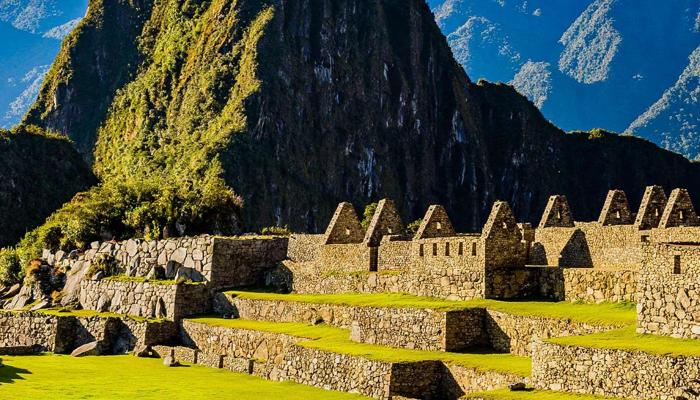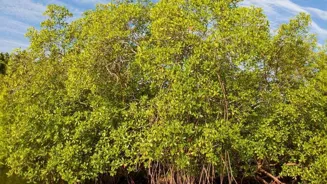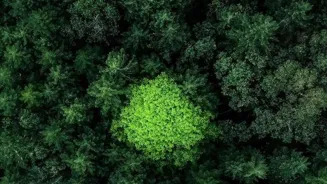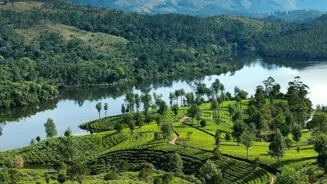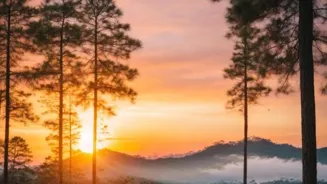Discover how you can support incredible Indian wildlife conservation efforts today! Read more to learn about key initiatives
India, our Bharat, is a land blessed with incredible biodiversity. From the snow-capped
Himalayas to the lush green forests of Kerala, we have a rich variety of flora and fauna. However, many of our precious wildlife species are facing threats like habitat loss, poaching, and human-animal conflict.
But, all hope is not lost! There are several dedicated organisations and individuals working tirelessly to protect our wildlife. And guess what? You too can play a big part in helping them! Let's explore some amazing conservation efforts you can support right now.
Project Tiger: Saving the Striped Majesty
The majestic tiger, our national animal, was once on the brink of extinction. Thanks to Project Tiger, launched way back in 1973, the tiger population has seen a significant rise. This project focuses on protecting tiger habitats, reducing poaching, and managing human-wildlife conflict.
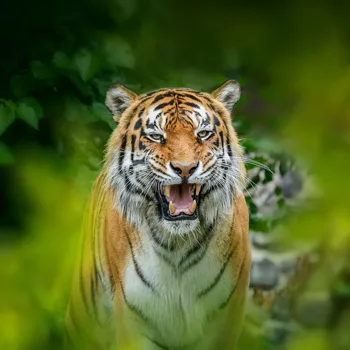
There are now numerous tiger reserves spanning across India, providing safe havens for these magnificent creatures.
You can support Project Tiger by donating to organisations that work with local communities to prevent poaching, fund research on tiger populations, or contribute to habitat restoration efforts in and around tiger reserves.
Even spreading awareness about the importance of tiger conservation amongst your friends and family makes a difference!
Saving the One-Horned Rhinoceros: A Success Story from Kaziranga
The one-horned rhinoceros, found primarily in Kaziranga National Park in Assam, is another species that has faced severe threats due to poaching and habitat loss.
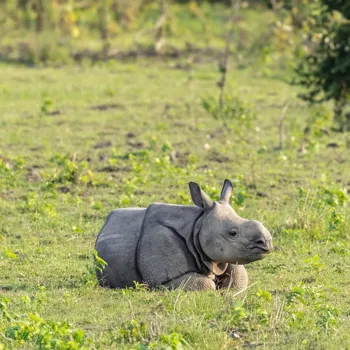
Years of dedicated conservation efforts, including strict anti-poaching measures and habitat management, have led to a successful recovery of their population. Kaziranga National Park stands as a testament to what focused conservation can achieve.
Supporting organisations working in Kaziranga helps them continue their rhino protection efforts, combat poaching activities with advanced technology, and translocate rhinos to other protected areas to establish new populations, securing the future of this unique species.
Your contribution can help ensure the rhino continues to thrive.
Elephant Conservation: Mitigating Human-Elephant Conflict
Elephants, the gentle giants of our forests, are facing increasing challenges as their habitats shrink due to deforestation and agricultural expansion. This often leads to human-elephant conflict, where elephants raid crops and sometimes even cause harm to people.
Several organizations are working to mitigate this conflict by creating elephant corridors, building barriers to prevent elephants from entering agricultural areas, and educating local communities about elephant behaviour.
You can support these efforts by donating to organizations focused on elephant conservation, participating in wildlife awareness campaigns, or even volunteering your time to help build and maintain elephant-proof barriers. Reducing conflict is key to their survival.
Protecting the Snow Leopard: The Ghost of the Himalayas
The elusive snow leopard, also known as the "Ghost of the Mountains", lives in the high-altitude regions of the Himalayas. These beautiful cats are threatened by poaching, habitat loss, and climate change.
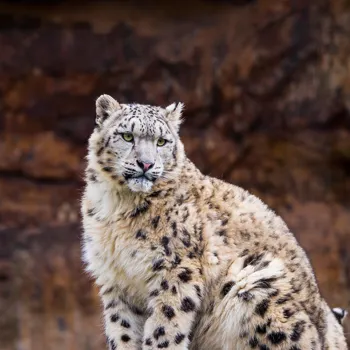
Conservation efforts focus on protecting their habitat, working with local communities to reduce livestock depredation (when snow leopards kill livestock, leading to retaliation killings), and monitoring snow leopard populations.
You can contribute by supporting organizations working to conserve snow leopards through anti-poaching patrols, scientific research, and engaging with local communities to promote sustainable livelihoods that reduce their dependence on resources that impact snow leopard habitats.
Even something as simple as purchasing ethically sourced products from Himalayan communities can indirectly support snow leopard conservation.
Conserving the Great Indian Bustard: A Critically Endangered Bird
The Great Indian Bustard, a magnificent bird found in grasslands across India, is critically endangered with only a few hundred individuals remaining. Habitat loss due to agriculture and infrastructure development, along with hunting, has led to this drastic decline.
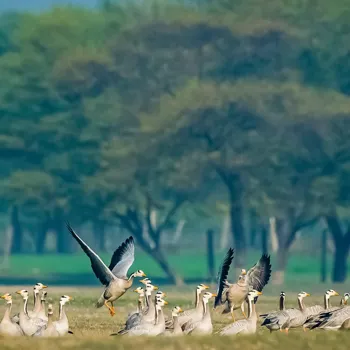
Conservation efforts involve protecting their grassland habitats, reducing hunting pressure, and establishing breeding programs.
Help save the Great Indian Bustard by donating to organizations working on grassland conservation, supporting the creation of protected areas for bustards, and raising awareness about the plight of this magnificent bird. Every single bustard counts.
Marine Turtle Conservation: Protecting Coastal Ecosystems
India's coastline is home to several species of marine turtles, including the Olive Ridley turtle, which is known for its mass nesting events on beaches. These turtles face threats from fishing nets, habitat destruction, and pollution.
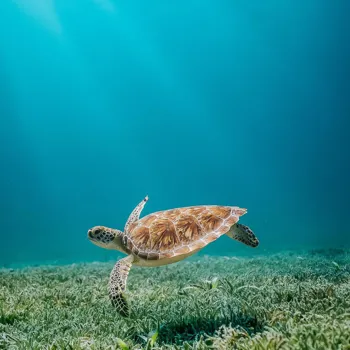
Conservation efforts include protecting nesting beaches, rescuing injured turtles, and educating fishermen about turtle-friendly fishing practices.
Support marine turtle conservation by participating in beach clean-up drives, donating to organizations focused on turtle protection, and supporting sustainable tourism initiatives that benefit coastal communities.
Even reducing your plastic consumption can make a big difference as plastic pollution poses a significant threat to marine turtles.
These organisations are working on ground level to create and maintain a safe environmental ecosystem for these animals.
By taking small steps to support them, we can help them further to develop more effectively and efficiently. You can donate to help them grow more in numbers by contributing to various conservation efforts.
Saving the Indian Pangolin: The Most Trafficked Mammal Nobody Knows
Often called the scaly anteater, the Indian Pangolin is the most trafficked mammal in the world. Their scales are used in traditional medicine in some countries, and their meat is considered a delicacy, leading to widespread poaching.
Conservation efforts focus on combating poaching, protecting their habitat, and raising awareness about the plight of these shy creatures.
Support pangolin conservation by donating to organizations fighting wildlife trafficking, advocating for stricter laws against pangolin poaching, and spreading awareness about the importance of pangolin conservation.
These unique creatures play a vital role in the ecosystem by controlling insect populations.
Supporting Community-Based Conservation: empowering local livelihoods.
Many conservation efforts recognize that the long-term success of any project depends on the support and involvement of local communities.
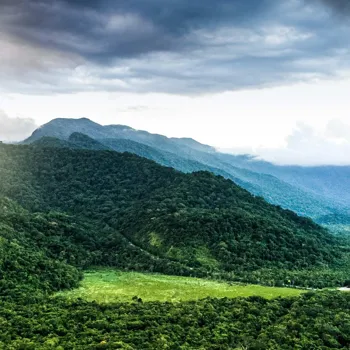
Community-based conservation initiatives empower local people to become stewards of their environment by providing them with alternative livelihoods that are compatible with wildlife conservation, such as ecotourism, sustainable agriculture, and handicrafts.
By supporting these initiatives, you are not only helping to protect wildlife but also improving the lives of the people who share their habitat.
You can support these programs by purchasing products from community-based enterprises, volunteering your time, or donating to organizations that work directly with local communities on conservation projects.
The local population can help take care of these animals and hence, should be provided with help. This is the most effective way of conserving our wildlife.
AI Generated Content. Glance/InMobi shall have no liability for the content


